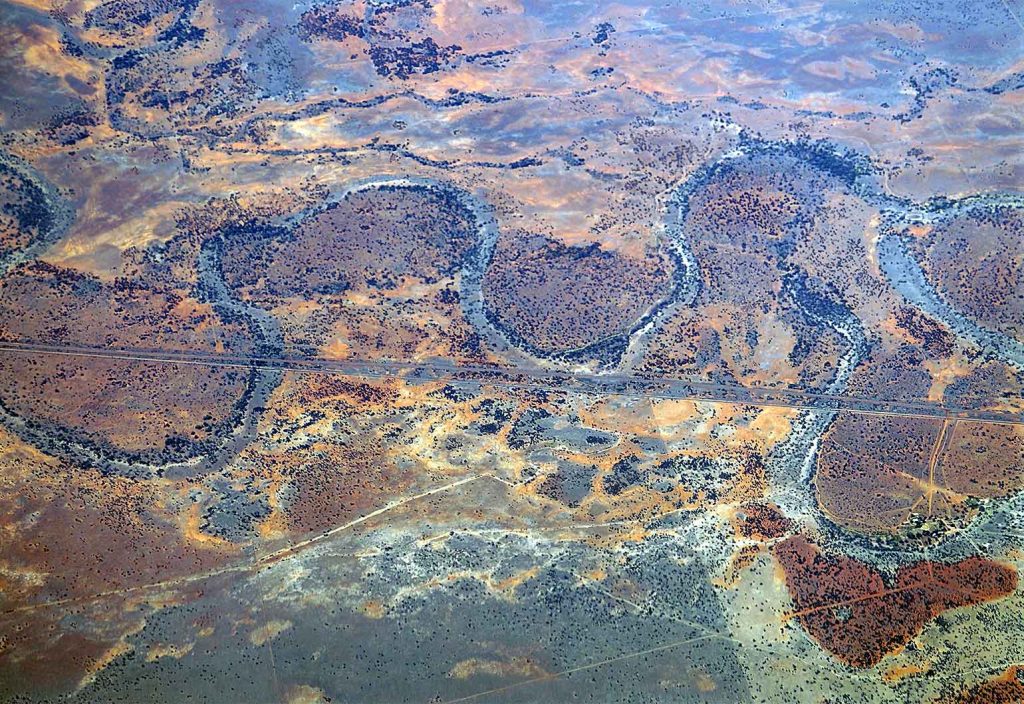The Productivity Commission released its final report into Australia’s progress towards reforming the water resources sector this month, taking into account the recommendations of Engineers Australia members.
Two of the authors of Engineers Australia’s submission joined create to explain what has been achieved and what still needs to be done.
Chair of Engineers Australia’s National Committee on Water Engineering, Dr Brendan Berghout MIEAust, said that while significant progress has been made with the management of water around Australia, there is still a long way to go.
“The reason that Engineers Australia takes a keen interest in these inquiries is that many of the challenges and opportunities that are associated with water reform relate to the operation of large scale infrastructure,” he said.
“From dams to water reticulation schemes, seawater and fresh water treatment plants, pumping stations and technologies to complete the water cycle by cleaning wastewater for return to the environment or to be used again by communities and industries.”
He added that engineers must take a keen interest in the entire water cycle and are able to offer considerable insight regarding its management.
“Key focus areas from the Engineers Australia submission included the need for much greater focus on fundamental data collection, especially high quality real time streamflow information,” he said.
The submission, which was one of 109 received by the inquiry, also called for plans to provide better guidance for extreme conditions, such as droughts and floods, the need for greater focus on Indigenous water values, inclusion of water management considerations in land use planning, the provision of technical support to the managers of regional and remote area water supply schemes, and the need for greater focus on catchment management and flooding within the context of water management.
“Our interest in the process is not just about building more infrastructure, with our members contributing to modelling, management, knowledge exchange, governance and policy development across almost all facets of the National Water Initiative (NWI),” Berghout said.
Providing emphasis
Engineers Australia also provided a brief submission following the Productivity Commission’s release of its draft 2020 National Water Reform report in February last year. The aim of the second submission was to emphasise the most important areas that members felt had not been adequately addressed in the draft report.
Berghout said Engineers Australia was strongly supportive of the principles of the National Water Initiative, including the areas for improvement discussed in the 2020 Inquiry Report — but further reform is still needed in certain areas.
“We believe that the most pressing concern not already adequately addressed in the report is the need for better quality and better coverage of fundamental data, especially streamflow data,” he said.
“The current network of rainfall, streamflow and evaporation monitoring systems in Australia is not adequate to meet the data needs of the National Water Initiative, and this lack of data integrity undermines many elements of the National Water Initiative.”
Every state and territory should review the water information needs for water management within their jurisdiction, Berghout said, and prepare fully funded strategies to enhance and maintain these networks to a suitable standard.
He said the report falls short when it comes to adequate recognition of the importance of catchment management and flood management within the objectives of the NWI.
“The strong links between catchment management and water availability and between flood management and water supply infrastructure need to be identified and embedded in the water reform process,” he said.
However, there are also areas of considerable progress.
“[This includes an] increased focus on Indigenous water values and the need for water sharing plans to consider how critical human and environmental water needs will be met during severe droughts and continuing climate change,” he said.
Still work to be done
Engineers Australia Infrastructure Advisory Panel member Dr Mark Stephens said the report considered Engineers Australia’s recommendations both explicitly and implicitly.
“Data, and the processes around it, land use and scenario planning, capturing and using lessons learnt, water accounting, emergency practices, remote area water supply policies, pre- and post-project assessment processes and Indigenous co-design recommendations were supported in the Water Reform Report,” he said.
Stephens said it was important Engineers Australia’s members’ recommendations were understood and that its feedback, where consistent with that of other responding stakeholders, be considered and taken into account in the report.
“I think there is more to do based on the areas of focus and recommendations in the Water Reform Report, which includes explicit and implicit consideration and recommendations for action influenced by Engineers Australia,” he said.
“There is work to do for different stakeholder organisations in implementing new processes and projects to achieve the recommendations of the report.”
